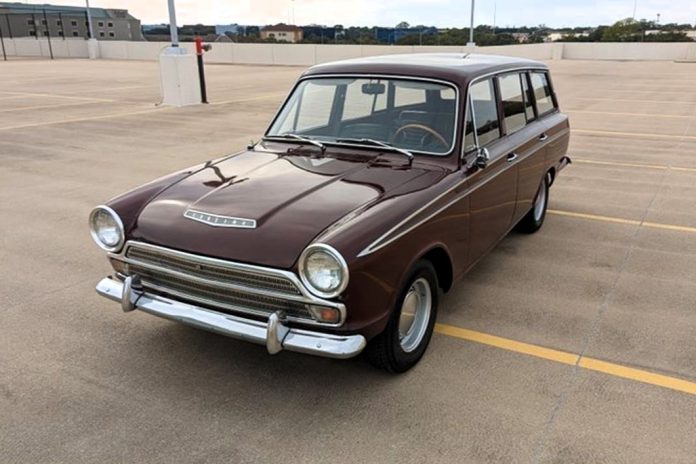Before Volkswagen changed the way imports were seen in America, Ford products from the United Kingdom were among the most popular imports in the U.S. Of course, just about every automaker in Europe tried cracking the American market with various results, with perhaps Renault experiencing highs that few would achieve. Yet Ford persevered selling its British vehicles in America through 1970. Our Pick of the Day, a 1966 Ford Cortina Estate listed for sale on ClassicCars.com by a dealer in Austin, Texas, is a rare variation of the Blue Oval expat. (Click the link to view the listing)
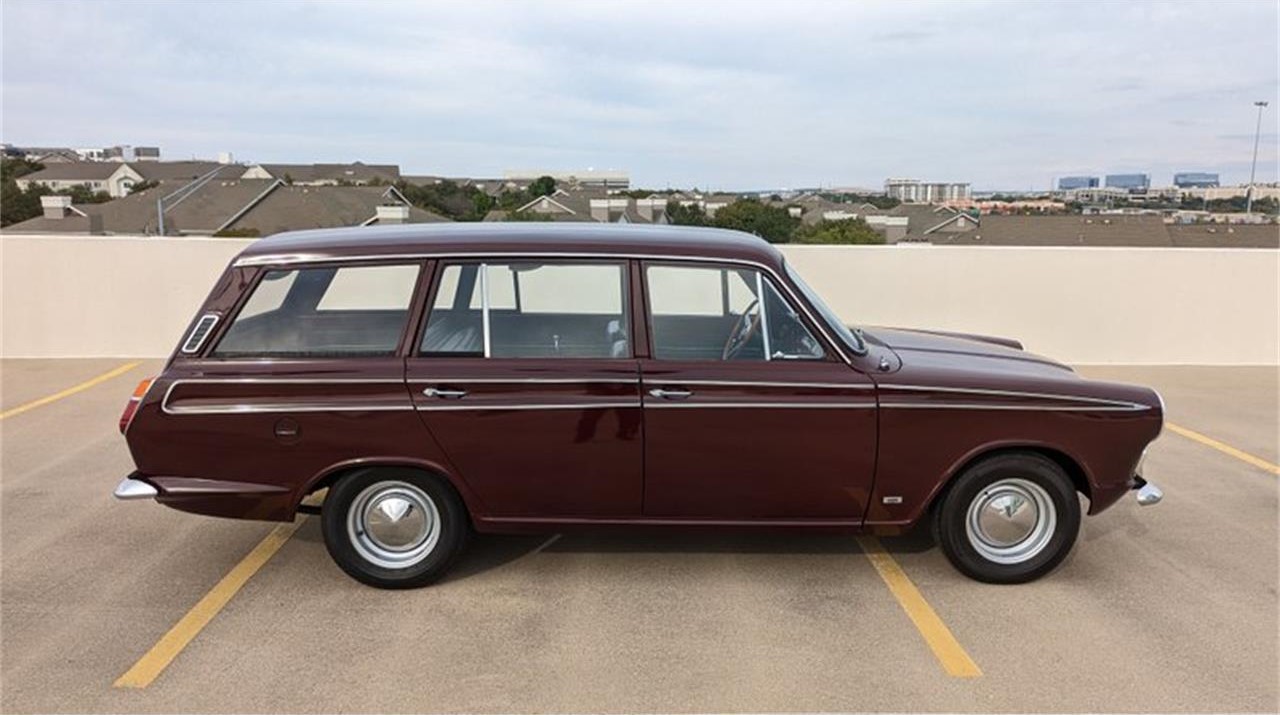
Once the Big Three introduced their compacts in 1960 (not to mention the Rambler and Studebaker models that had already existed), it was more than apparent that compact cars were more than adequate for most American families, capable of transporting six in comfort. Elsewhere around the world, the Cortina could be considered a good-sized family car but, in the United States, the Cortina was even smaller than our compacts. When the Falcon debuted, it featured a 109.5-inch wheelbase and was 181 inches long — compare that with the Cortina’s, which had a 98-inch wheelbase and 168 inches in length. Would America be fine transporting five in relative comfort?
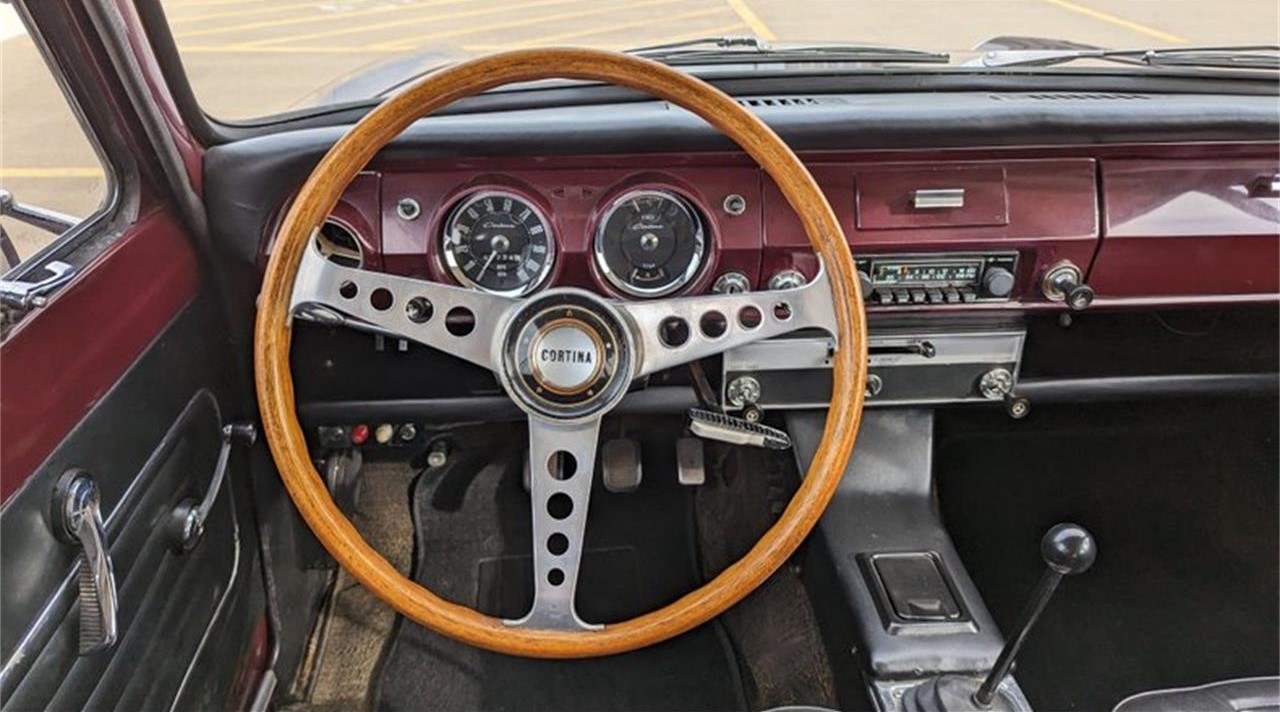
Possibly, but the Cortina’s engine made it an uphill battle for the American car-buying public. Those aforementioned American compacts were powered by conventional six-cylinder engines, with a few eventually being available with V8s. In contrast, the Ford Cortina featured a 1,498cc “Kent” inline-four in most cases, which certainly was not to its advantage on American roads. Nonetheless, the Cortina was Canada’s second most popular import and, by 1967, it was the most popular vehicle in the United Kingdom. In America, Cortina sales achieved 16,193 units in 1967, according to Hemmings. The following year, they would peak to 22,983 but, by 1971, the Pinto took over duties in American showrooms, though the Cortina continued to be available in Canada.
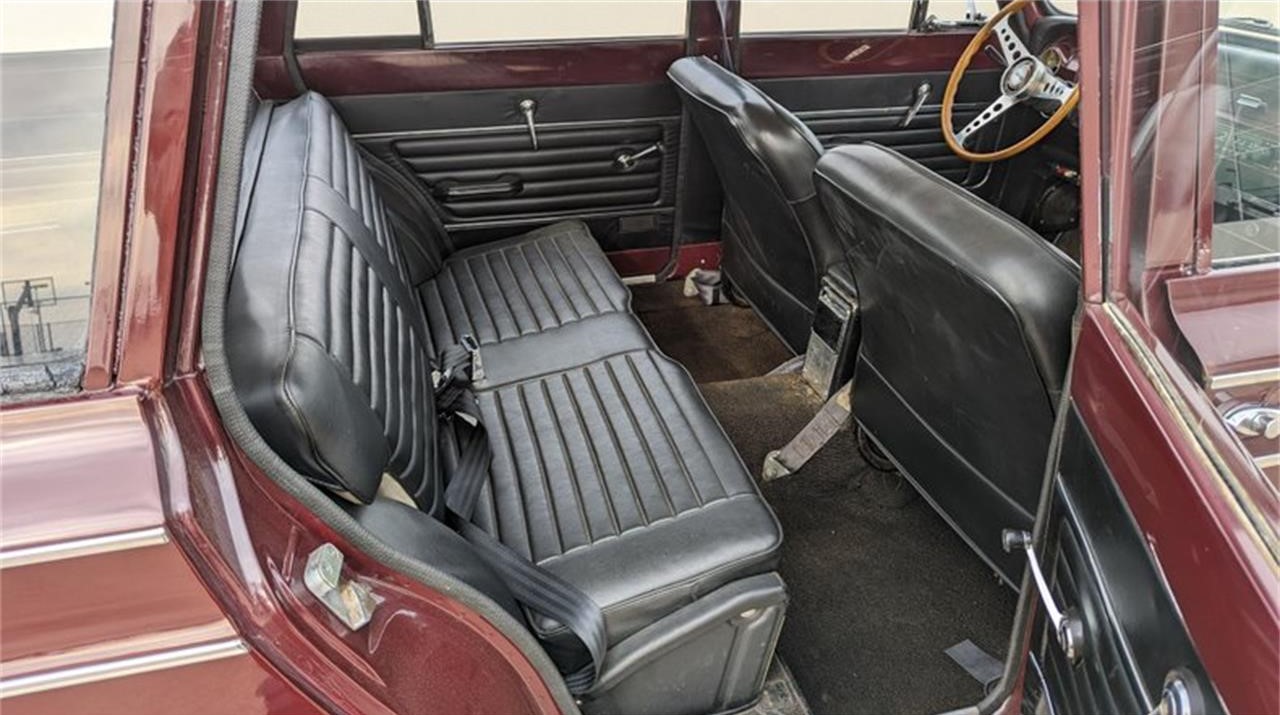
Something’s curious about this 1967 Ford Cortina Estate because it’s clearly a Cortina Mark I, while it seems the redesigned Mark II version made its debut for 1967. Is the seller mistaken about the year? Considering the build date is August 1966, let’s say it’s a ’66. Regardless of our deductive reasoning, a LHD Cortina wagon with the speedo in MPH is quite a rare sight, though the seller says it was imported — Canadian car? “The factory color was Black Cherry and was repainted during prior ownership,” says the seller. “The interior features black vinyl trimmed seats with charcoal carpets and body-color metal dashboard surfaces. It includes a three-spoke Les Leston wood steering wheel, a Frankfurt Stereo, and manual locks and windows.” Wheels are Lotus-style wheels with chrome hubcaps. Power comes from a high-compression 1.5-liter four backed by a four-speed manual with 67,527 miles on the odometer.
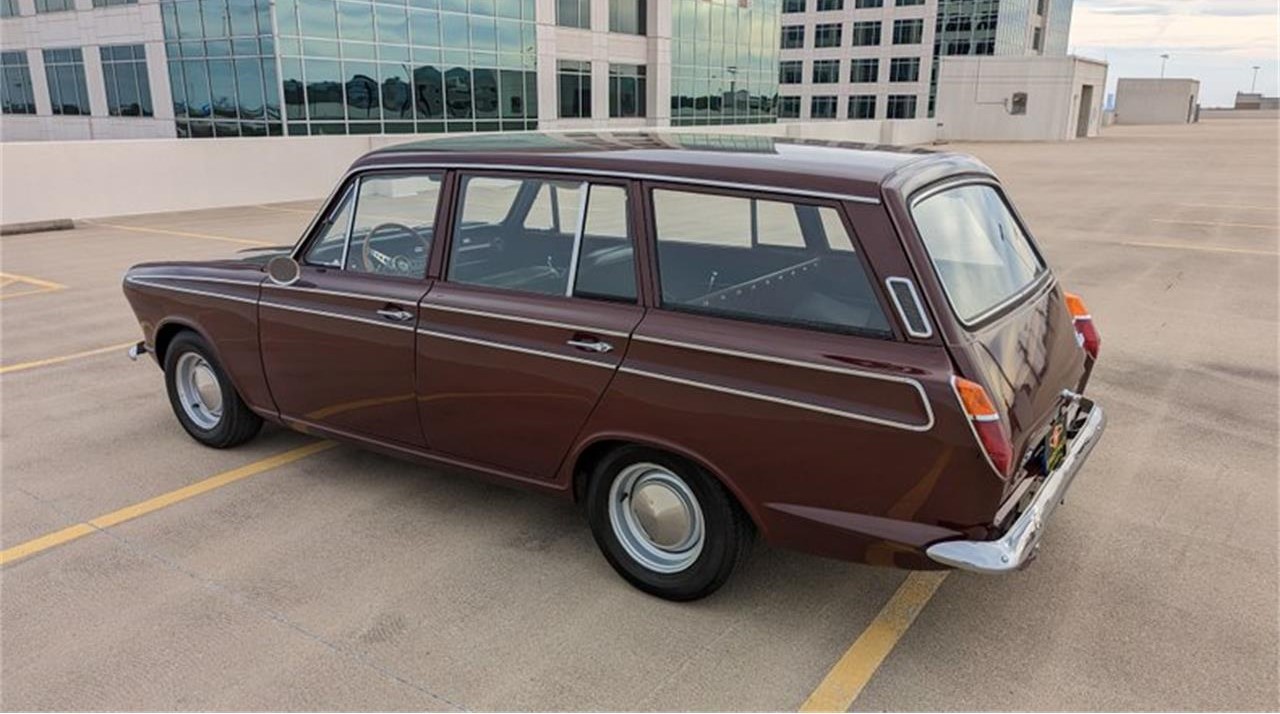
Across the Atlantic, the Cortina’s popularity was such that you should be able to get what you need to keep this Brit running. It’s a relic of the cars that were available overseas and how the parent company imported them to give the brand something with which to compete. You likely will not find a better combination of the unusual and the mainstream, which is why this $25,000 1966 Ford Cortina is the perfect Pick of the Day.
To view this listing on ClassicCars.com, see Pick of the Day.



